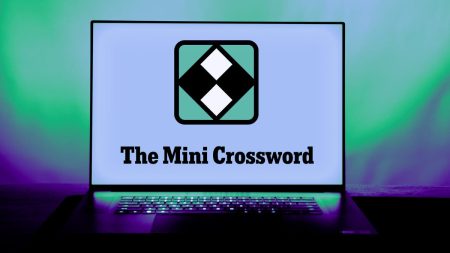The optimal time to exercise is subjective and hinges on individual circumstances, preferences, and schedules. While there is no universally “best” time, the most effective approach is to choose a time that can be consistently maintained over the long term. Consistency is paramount for achieving sustainable fitness and weight loss goals. The body adapts to regular training schedules, enhancing performance at the chosen time of day. Whether it’s a brief 20-minute session before bed or a more extensive workout in the morning, adhering to a regular exercise routine is crucial.
Morning workouts offer numerous advantages. They can facilitate the establishment of a consistent fitness routine as there are fewer opportunities for excuses to arise. Exercising in the morning may also positively influence the sleep cycle, promoting earlier sleep times and enhanced deep sleep, which is vital for muscle growth. Additionally, morning workouts, particularly in a fasted state, can be more effective for fat burning. The “afterburn” effect, where the body continues to burn calories after exercise, may also be prolonged following morning workouts. Moreover, morning exercise can boost productivity, alertness, focus, and decision-making throughout the day, contributing to a more successful workday. Finally, the endorphin release associated with exercise can elevate mood and foster a sense of accomplishment, setting a positive tone for the entire day.
However, morning workouts are not without their drawbacks. Exercising before consuming any food can lead to hunger and fatigue, particularly if dinner the previous evening was insufficient. It’s essential to ensure adequate nutrition before a morning workout to maintain energy levels. Additionally, early morning alarms can disrupt deep sleep, resulting in sleep inertia and potentially chronic fatigue. Furthermore, physical performance may not be at its peak in the morning due to lower core body temperature and slower heart rate. This necessitates a longer warm-up period to prepare the body for exercise and reduce the risk of injury.
Conversely, afternoon and evening workouts offer their own set of benefits. Physical performance tends to be optimal later in the day, with increased muscle strength, flexibility, power output, and endurance. The body’s warmer core temperature in the afternoon and evening allows for quicker warm-up times. Hormonal fluctuations, such as increased testosterone production, can also contribute to greater strength and muscle gains during afternoon workouts. Exercising later in the day can effectively alleviate stress, providing an outlet for pent-up energy and releasing endorphins that promote relaxation and better sleep. Finally, evening workouts can serve as a healthy replacement for undesirable habits, such as excessive snacking, alcohol consumption, smoking, or prolonged television viewing.
Despite the advantages of afternoon and evening workouts, there are potential disadvantages to consider. For some individuals, exercising too close to bedtime can interfere with sleep, causing jitters and restlessness. This is particularly true for high-intensity exercises. However, gentler forms of exercise, such as yoga or stretching, can actually promote better sleep. Another challenge with evening workouts is maintaining consistency. Fatigue after a long day can make it difficult to adhere to an exercise routine. Furthermore, evening commitments and responsibilities can often encroach on workout time.
In conclusion, the ideal time for exercise is highly individualized. While both morning and afternoon/evening workouts offer distinct benefits and drawbacks, the key is to find a time that can be consistently integrated into one’s schedule. Factors such as sleep patterns, work commitments, personal preferences, and individual physiological responses should all be considered when determining the optimal time to exercise. Whether it’s a brisk morning walk, an afternoon gym session, or an evening yoga class, regular physical activity, regardless of the time of day, is crucial for overall health and well-being.










